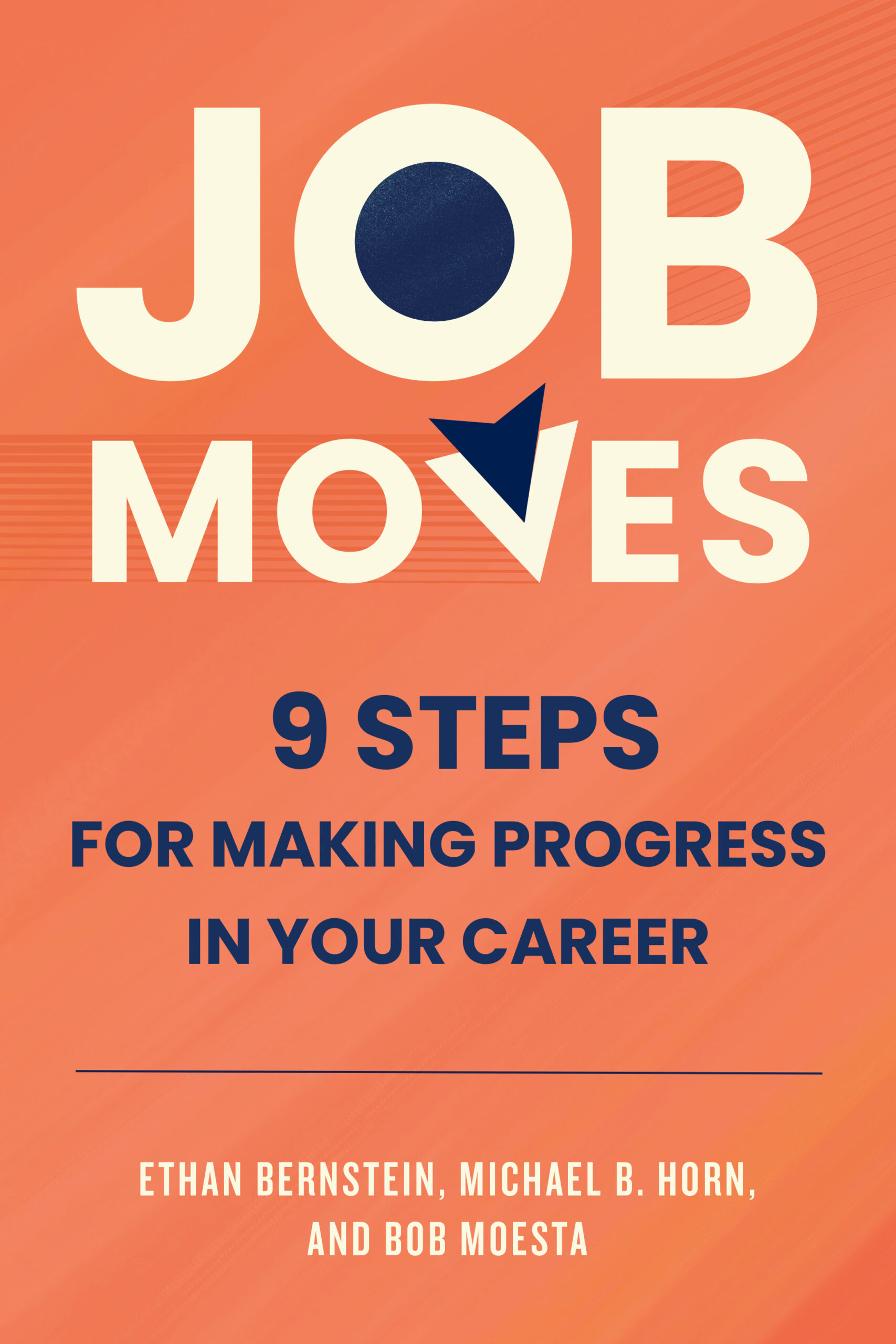With headlines like “Virtual Reality Learns How to Get Into Classroom,” which The Wall Street Journal ran this February, the hype cycle around VR’s potential in education has returned.
Return of the virtual reality hype cycle (What’s different this time?)
This time, a medley of new players—especially technology magnates—are jumping in the fray: Facebook has committed to pour money into developing education apps for its $600 Oculus Rift. On the other end of the market, Google is offering its $15 Cardboard alongside Expeditions, which takes viewers on virtual field trips. The search giant is also working with Houghton Mifflin Harcourt, a major education publisher, to create content and lesson plans for classrooms. Meanwhile, startups like Nearpod are introducingvirtual reality lessons to prime the market.
Even one charter school, the Washington Leadership Academy in Washington, D.C., is venturing into the reality space. It nabbed one of the $10 million prizes from the XQ: Super School Project in part for its plans to develop the first-ever virtual chemistry lab, among other ideas it has for the technology.
But as the hype and hope build, some temperance is appropriate. This isn’t the first time educators have speculated that virtual reality would sweep through America’s classrooms.

0 comments